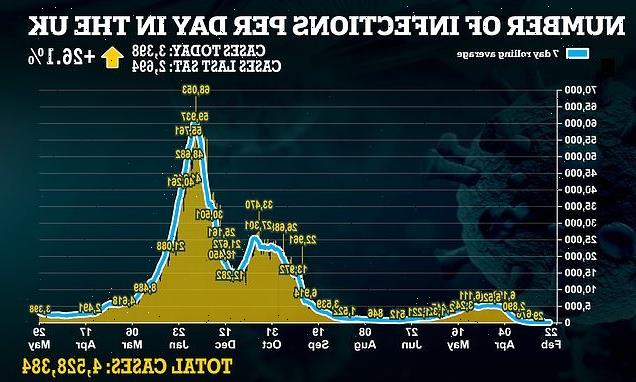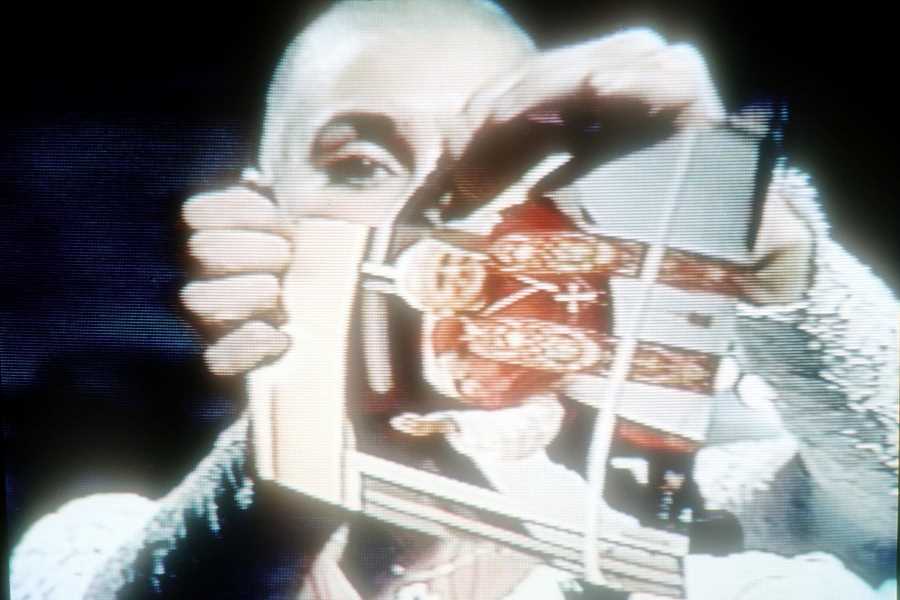Patrick Sky, a member of the Sixties Greenwich Village folk scene that launched Bob Dylan, Dave Van Ronk, and many others, died on May 27th in Asheville, North Carolina. Sky had been diagnosed with Parkinson’s disease in 2017, but according to his wife, folklorist and musician Cathy Larson Sky, Sky succumbed to prostate cancer and bone cancer. He was 80.
“Pat is one of the best story-tellers I know,” his friend and neighbor Van Ronk wrote in the liner notes to Sky’s 1965 self-titled debut album. “This is probably why he’s such a great singer. His songs are like he is — honest and sentimental, absurd and bawdy, indignant and simple to the point of complexity.” In the liner notes of his 1985 box set Biograph, Dylan mentioned Sky while talking about his early days in New York.
Related Stories
'Inside Llewyn Davis' All-Stars Honor Greenwich Village Heyday
Dave Van Ronk Dies
Related Stories
The Best Audiophile Turntables for Your Home Audio System
20 Overlooked Bob Dylan Classics
Part Creek Indian and part Irish, the tall, boyishly handsome Sky was also one of the few indigenous members of the folk world of the time, along with his close friend, singer-songwriter Buffy Sainte-Marie. Honoring his heritage, Sky was one of the first to record Peter LaFarge’s “The Ballad of Ira Hayes,” about the Native American soldier who served in World War II (and helped plant the flag at Iwo Jima) but was disrespected upon returning to America, dying poor and alcoholic.
Born in College Park, Georgia, on October 2nd, 1940, Sky grew up in Louisiana, served in the Army and became part of the Florida folk scene. There, he met Sainte-Marie and wound up relocating with her to New York when she recorded her first album. During those sessions Sky was approached about making his own album. Sky was part of the 1965 Singer Songwriter Project compilation that also introduced the world to fellow troubadours Richard Fariña and David Blue. His own Vanguard Records debut, Patrick Sky, included “Many a Mile,” which became a rambling-man folk standard of its time, and “Love Will Endure,” later covered by the Blues Project.
“A lot of musicians came to New York in the early to mid Sixties,” says manager Terri Thal, a close friend of Sky’s (and manager of numerous acts, including her then-husband Van Ronk). “Some were good, some were very good. Most were eager and willing to learn. Pat was already formed. He knew ballads and blues. His songs were literate and well-crafted.”
Sky performed at iconic New York clubs like Gerde’s Folk City and the Gaslight and, in 1965, played a benefit for miners in Hazard, Kentucky, alongside Sainte-Marie, Phil Ochs, Tom Paxton and others. Reviewing one of his shows at Town Hall there, the New York Times called Sky “a cross between Andy Griffith and Bob Dylan.” “What set him apart from the Village singer-songwriting scene was how he moved on and his irrepressible curiosity,” says fellow troubadour Eric Andersen. “Pat was a man with a restless leprechaun wandering in his soul.” Sky also produced some recordings for the rediscovered blues legend Mississippi John Hurt.
Yet Sky had a bawdy and edgy sense of humor that could be in sharp contrast with his most tender songs. In 1965, he and Van Ronk visited Canada to tape an appearance on a folk TV series. There, they saw a newcomer — Joni Mitchell — sitting alone and playing a new song, “Urge for Going.”
“It was simply magical … you could hear a pin drop,” Van Ronk wrote in The Mayor of MacDougal Street, his memoir. “She finished and there was just his silence, utter silence. Then Patrick turns to me and loudly says, ‘This sucks!‘ As it happened that was the highest compliment Patrick was capable of bestowing, but of course Joni had no way of knowing that.” Mitchell later recalled the moment as “all sorts of crude Patrick Sky things, that I now think are really dear, because I know him.”
Recorded in 1971, Sky’s fifth album, Songs That Made America Famous, took politically incorrect shots at blues singers, dead babies, the women’s rights movement, country music, the Catholic Church and his own genre (a parody of “Mr. Bojangles”). The album (which wasn’t released until three years later, on an indie label, after the majors passed) gained a reputation for being shocking and outrageous. “Sometimes a record comes along that so affronts common decency, so offends public morality, and so insults established canons of taste that its very appearance understandably prompts cries of outrage, shock and indignation,” Rolling Stone proclaimed in 1973. “Veteran folk minstrel Patrick Sky’s latest opus is just such a record. … Such a record belongs in every American home; enjoy it while you still can.”
Cathy Larson Sky says the intent of the album was misunderstood, however. “He appreciated bawdy and satirical writing, and he was making fun of maudlin country songs or folk songs, which can be pretty morbid,” she says. “But if someone doesn’t know what he’s making fun of, it can sound really sick. Some people were so offended that he alienated people who liked his early music, which was a shame.”
Never a fan of the music business, Sky increasingly turned to traditional folk, especially of Ireland, in the years after the album’s release. Visiting that country in the Seventies, he learned to play — and later build — Uilleann pipes (a sort of Celtic bagpipe). During that era, he started the Celtic folk label Green Linnet and served as a Rhode Island state planner on Native American affairs. In 1981, he married Larson, whom he’d met three years before; in 1987, the couple relocated to North Carolina.
In the early Nineties, Sky did one last tour to earn extra income, but he largely built a life outside the commercial music business. He worked as a folklorist at the Blue Ridge Institute and Museum in Virginia, opened a recording studio in his home, played occasionally at folk festivals, and received a degree in poetry. In 2008, he and Larson Sky released a duet album; Sky’s last release was an EP of vintage recordings, Many a Mile, in 2018. The couple also made a living playing Uileann pipes at weddings and funerals. Sky is survived by Larson Sky and their son Liam.
In his later years, Sky would talk about writing a memoir about his life in the Village and, with Larson Sky, penned at least one chapter. “He always felt that that time in the Village was the time,” says Larson Sky. “He’d be sitting in the Kettle of Fish and everyone would be coming in and swapping tales about what was happening and who was writing what. They would trade ideas for songs and encourage one another. Once, he took Dylan’s hat off his head, and Patrick had that hat for a long time. It seemed like a very comradely era.”
Source: Read Full Article



